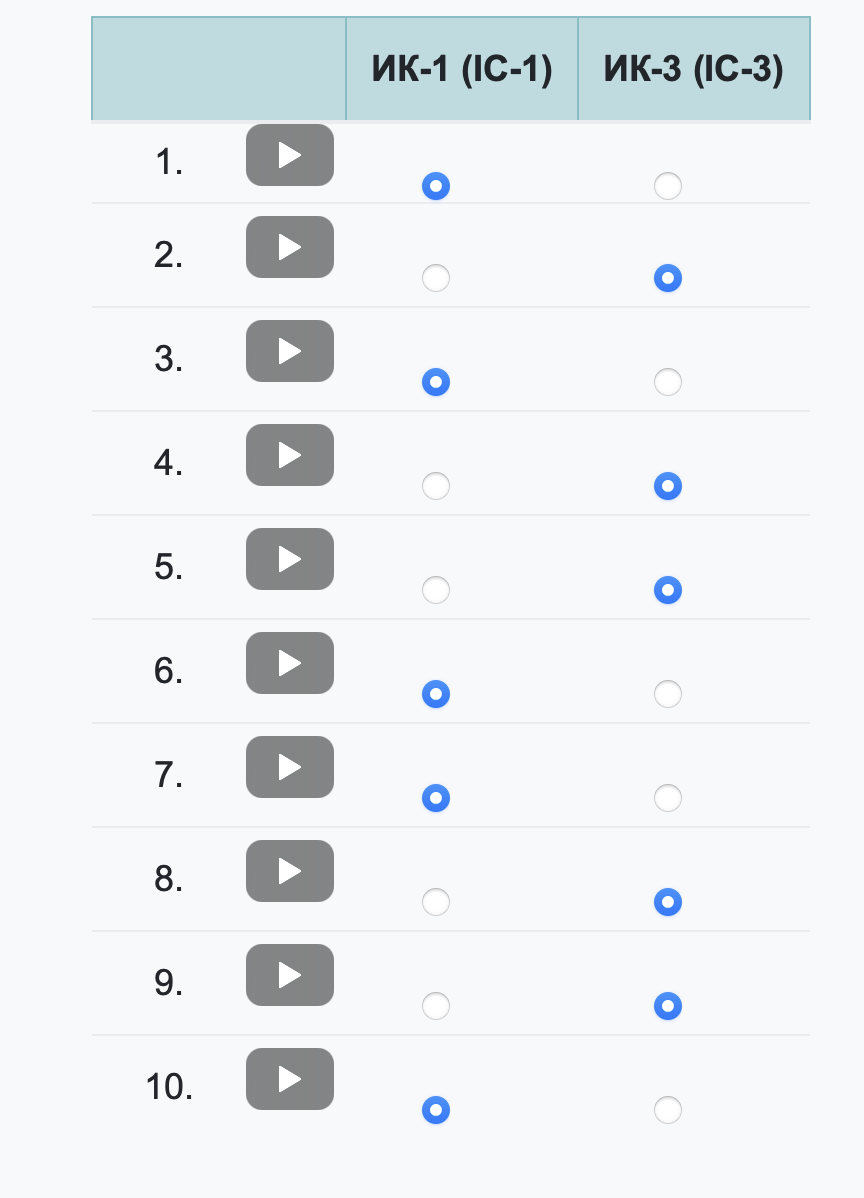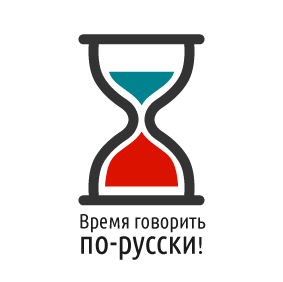13. Intonation in the Russian Language
audio only:
When speaking in Russian, the intonation with which we pronounce the words in the phrase is crucially important - the meaning of the whole phrase depends on it. The intonation has its own structure - the most important part of it is a logical center that we emphasise by our voice in different ways.
IC-1 (ИК-1)
In a simple affirmative statement we use an IC-1 (intonation contour 1). The intonation is flat and falls at the end of the phrase.
| Э́то я. | IC-1 | |
| Э́то мой компью́тер. | IC-1 | |
| Э́то моя́ су́мка. | IC-1 | |
| Мой телефо́н тут. | IC-1 | |
| Я́блоко то́же тут. | IC-1 |
IC-3 (ИК-3)
If we want to ask a question, we can do it without changing anything in the structure of our statement, but using a special intonation. First, we find a logical center - what exactly we are asking about. We pronounce the focus word with a sharply raised pitch which then falls abruptly. The answer to such a question will be ДА or НЕТ.
| Э́то компью́тер? | IC-3 | |
| — Да, э́то компью́тер. | IC-1 | |
| Э́то моя́ су́мка? | IC-3 | |
| — Да, э́то твоя́ су́мка. | IC-1 | |
| Су́мка то́же тут? | IC-3 | |
| — Да, она́ то́же тут. | IC-1 |
Please note that the intonation center can be in different parts of the phrase, we can ask about different things.
Compare:
| Э́то мой па́спорт. | IC-1 | |
| Э́то мой па́спорт. | IC-1 | |
| Э́то мой па́спорт. | IC-1 | |
| Э́то твой па́спорт? | IC-3 | |
| — Да, э́то мой па́спорт. | IC-1 | |
| Э́то твой па́спорт? | IC-3 | |
| — Да, э́то мой па́спорт. | IC-1 | |
| Твой телефо́н тут? | IC-3 | |
| — Нет, он не тут. | IC-1 | |
| Твой телефо́н тут? | IC-3 | |
| — Нет, не мой. | IC-1 | |
| Твой телефо́н тут? | IC-3 | |
| — Нет, не телефо́н. | IC-1 |
IC-2 (ИК-2)
We can ask a question using special question words ГДЕ, КУДА, КТО, ЧТО etc. In this case the question word is at the beginning of a phrase. To emphasise the question word we usually raise the pitch:
| Что э́то? | IC-2 | |
| Кто э́то? | IC-2 | |
| Где мой па́спорт? | IC-2 | |
| Где моя су́мка? | IC-2 |
Often in colloquial speech, in front of the question - with a question word (IC-2) or without it (IC-3) - we add “A”:
| А кто э́то? | IC-2 | |
| А э́то тво́й бага́ж? | IC-2 | |
| А э́то Мари́я? | IC-2 |
“A” in these questions doesn’t have any meaning, doesn’t affect the meaning of the question, is not emphasised by the voice, “A” only shows that this is a colloquial style of speech.
Exercises
What did you hear - a statement (IC-1) or a question (IC-3)?
Correct answers:

